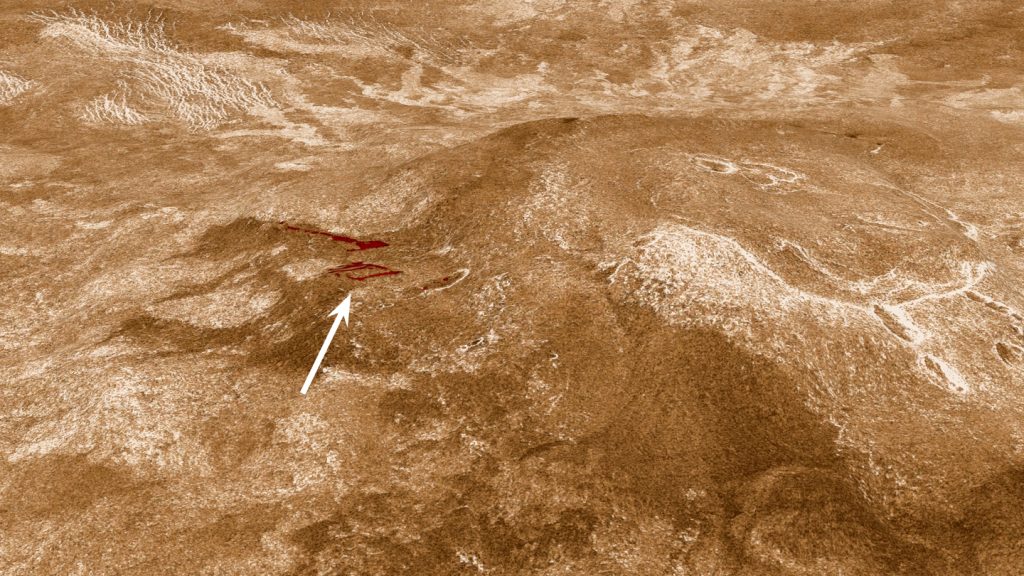Researchers have discovered signs of fresh lava flows on Venus between 1990 and 1992, indicating that present-day volcanism on the planet may be more widespread than previously thought. This finding marks a significant step in understanding Venus as a dynamic and active world. Despite being similar in size to Earth, Venus was long considered geologically dead, but scientists suspected that its internal heat should lead to volcanic and seismic activity, much like that on Earth.
A team of researchers spotted a volcanic vent changing shape and potentially spilling lava based on data from NASA’s Magellan spacecraft, providing definitive evidence of volcanic activity on Venus. This discovery was the first of its kind and opened the door to further investigations into the planet’s geology. By analyzing radar images from Magellan, scientists identified long sinuous features on the western slopes of Sif Mons and Niobe Planitia, indicating potential lava flows on the planet’s surface.
The researchers carefully examined the radar data to rule out other explanations for the observed features, such as artifacts or landslides. The features appeared to follow the local topography and were visible in flat areas where landslides would not typically occur, leading the researchers to conclude that they were indeed lava flows. The low resolution of Magellan’s data and the vast expanse of Venus’ surface made it challenging to identify these signs of active volcanism, but the researchers believe that there could be more such features waiting to be discovered.
The study findings suggest that Venus might currently exhibit as much volcanic activity as Earth, indicating a more dynamic geological history for our planetary neighbor. Future missions, such as NASA’s DAVINCI and VERITAS probes scheduled for launch in the next decade, are expected to provide more detailed mapping of Venus’ surface, making it easier to detect additional signs of volcanic activity. With advancements in technology and space exploration, scientists hope to gain a better understanding of the geological processes at work on Venus and unlock the mysteries of our solar system’s innermost planets.


